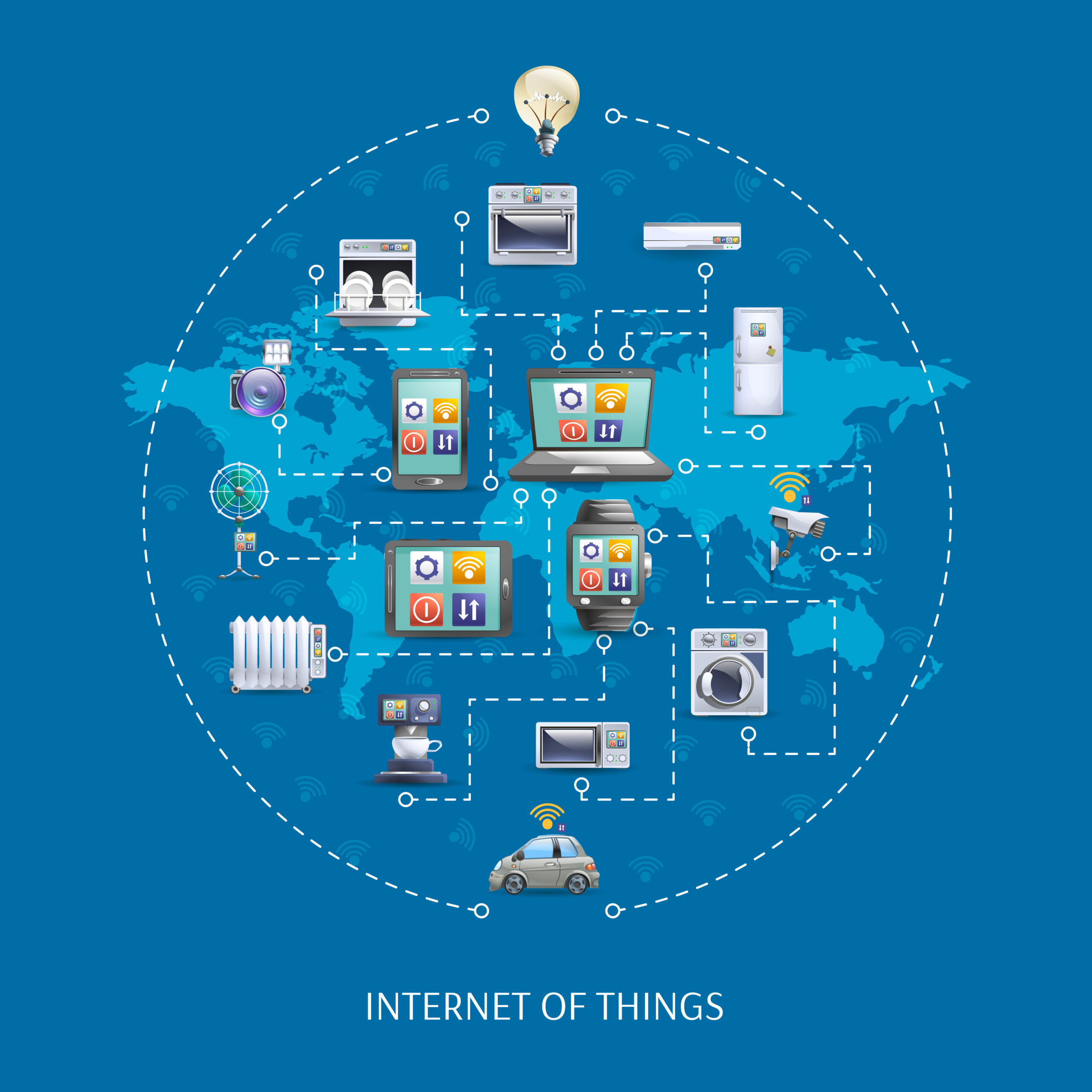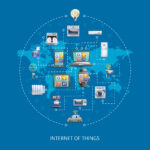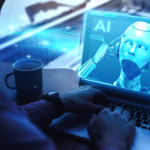The Internet of Things (IoT) describes the network of physical objects “things” that are filled with sensors processed by software and other technologies. They connect to the Internet and exchange data with other devices the Internet of Things includes electronics, communication, and computer science and engineering. It would cover a range of things from ordinary household objects to the Internet of Miliary Things (IOMT).
What is the Early History of the Internet of Things (IoT)
In 1982, the main concept of a network of smart devices was discussed, modified Coca-Cola vending machine is an automated machine that dispenses items such as snacks, cigarettes, and lottery tickets to consumers after cash or other forms of payment are inserted into the machine. The computer of the 21st Century and academic venues such as UbiComp and PerCom produced the contemporary vision of the IOT. Bill Joy envisioned device-to-device(D2D) communication as a part of his “Six Webs” framework, presented at the World Economic Forum at Davos in 1999.
The concept of the “Internet of Things” first appeared in a speech by Peter T. Lewis. According to Lewis, “The Internet of Things, is the integration of people, processes, and technology with connectable devices and sensors to enable remote monitoring, status, and evaluation of trends of such devices. The term “Internet of Things (IoT)” Uckelman Harrison, & 27 Michahelles in 2011 has been around advanced wireless technology.
Why the Internet of Things (IoT) is important or where it is used?
Over a few years, IoT has become one of the most important technologies and vases used in different fields of life. It would get great fame in the world because it has made our life more pleasurable and easier. Now, you can connect to objects such as kitchen appliances, cars, and thermostats that perform specific tasks. It is the working of cooperation of digital worlds and physical meet. That’s mean at the low cost of computing, you can collect big data, analyze and share it easily. In the world of hyperconnected, you can record the digital systems, monitor, and adjust as you want by connected things.
Application of the Internet of Things
There is an extensive set of IOT applications often divided into the consumer, and commercial. And a wide range of industrial and infrastructure spaces. There we will talk about the application of the Internet of Things:
01: What are Consumers IOT?
A growing portion of IoT devices is created for consumer use including vehicles, home automation, and wearable technology to connect with health. Now, you can connect with home light, heat, and cool the home, and also connect with the home security system and secure your property when you are away from home. The IoT in home automation saves energy because it will automatically turn off the light. The Internet of Medical Things (IoMT) is a health monitoring device that creates a digital healthcare system that connects with the available medical resources and provides healthcare services. It will be noted that it will increase the revenue and decrease costs.
The IoT helps in the integration of communications, control, and information processing in various transportation systems. The application of the IoT extends to the transportation systems including vehicles, and the driver. It is the interaction between these components of a transport system that enables inter- and intra-vehicular communication. Now, life has become more secure through vehicle control that will make speed and distance from another vehicle, smart parking, and traffic control to avoid traffic jams.
02: Industrial Internet of Things
Industrial IoT devices acquire and analyze data from connected equipment, operational technology (OT), locations, and people. Operational technology (OT) monitoring devices, IIoT help regulate and monitor industrial systems efficiently.
Manufacturing
The IoT can connect various manufacturing devices equipped with sensing, processing, actuation, and networking capabilities. The network controls and manages the manufacturing equipment. The manufacturing process control allows IoT to be used for industrial applications and smart manufacturing. IoT intelligent systems enable rapid manufacturing and optimization of new products and also respond to product demands. The industrial management systems can be integrated with smart grids, enabling energy optimization, and health. And safety management, and other functions provided by networked sensors.
Agriculture
Many IoT applications in farming are used such as collecting data on temperature, rainfall, humidity, wind speed, and soil content. The farming techniques, take informed decisions to improve quality and quantity, minimize risk and waste, and reduce the effort required to manage crops.
Now, farmers can monitor soil temperature and moisture from afar and even apply IoT-acquired data to precision fertilization programs. The overall goal is that data from sensors, that can help to increase farm productivity, and also help reduce costs.
03: Infrastructure Internet of Things
The IoT in infrastructure is used to monitor and control the operations of sustainable urban and rural bridges and railway tracks. And monitor any events or changes in structural conditions that can compromise safety and increase risk. The IoT benefits the construction industry by reducing costs, reducing time, improving the quality of the workday, and increasing productivity. It would help to make faster decisions and save money in real-time data analytics. It would control critical infrastructure like bridges to provide access to ships.
The application of IoT sensors is used to protect the environment by monitoring air, water quality, and the atmosphere. Also, monitoring the movement of wildlife and earthquakes can be used to provide more effective aid.
04: Internet of Miliary Things
The Internet of Military Things (IoMT) technologies are used in the military domain for reconnaissance, supervision, and other combat-related objectives. The prospects of warfare in an urban environment involve the use of sensors, robots, human-wearable biometrics, and other smart technology that is relevant on the battlefield.
The Internet of Battlefield Things (IoT) is a project started by the U.S. Army Research Laboratory (ARL) that focuses on the basic science that enhances the capabilities of Army soldiers. The working collaboration between industry, universities, and Army researchers to advance the foundations of IoT technologies and their applications to Army operations.
Conclusion
The IoT is affordable, and reliable sensors are making IoT technology possible for more manufacturers due to its low cost. The internet has made it easy to connect sensors to the cloud and other “things” for efficient data transfer that will enhance luxury. It would increase the availability of cloud platforms, enabling both businesses and consumers to access the infrastructure they need to scale up without actually having to manage it all. It has vast applications in machine learning, analytics, and AI, which makes easy tasks in difficult fields easier.






